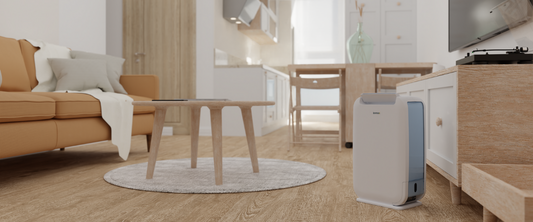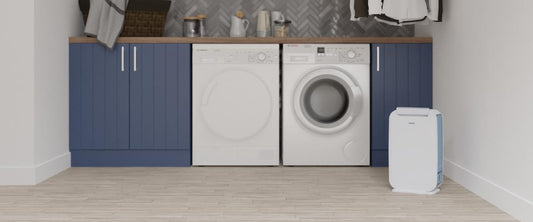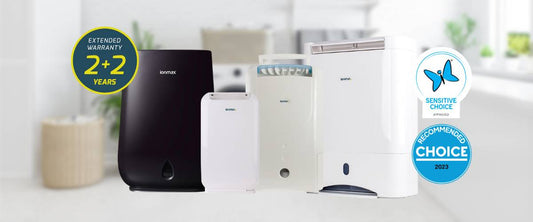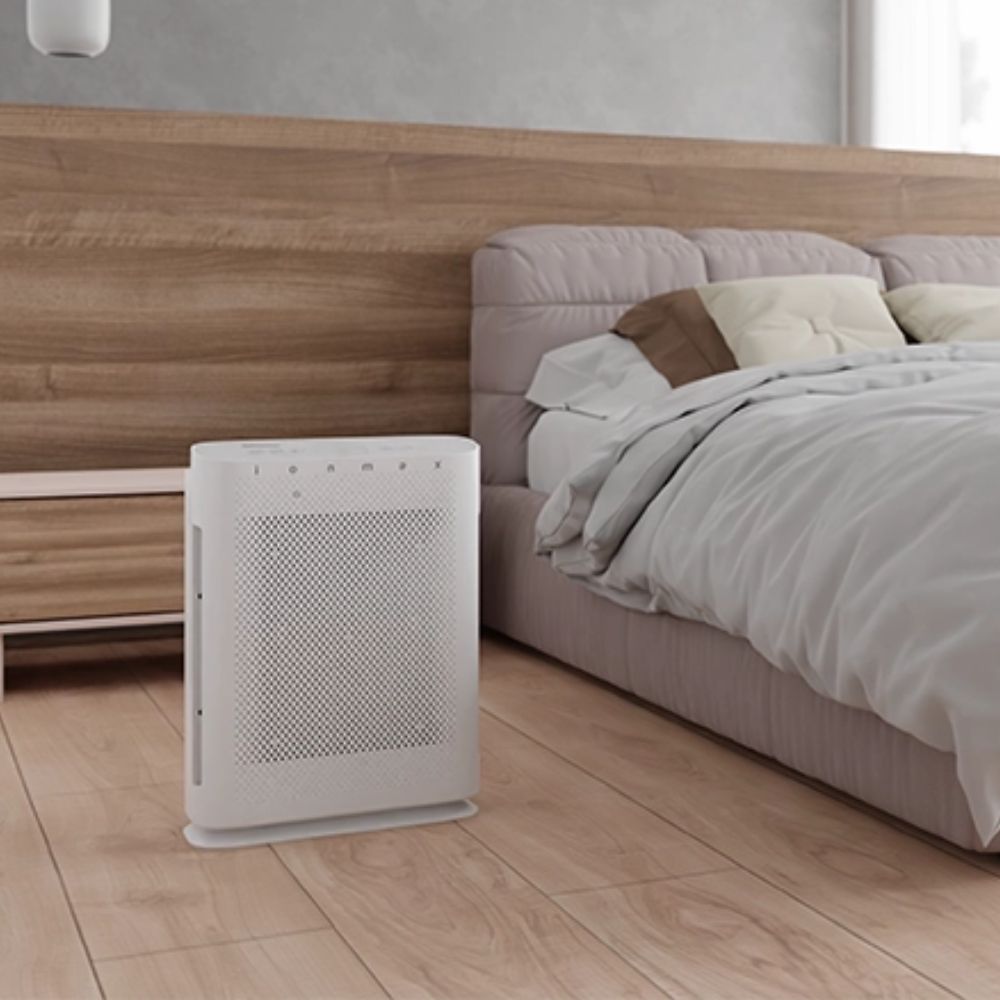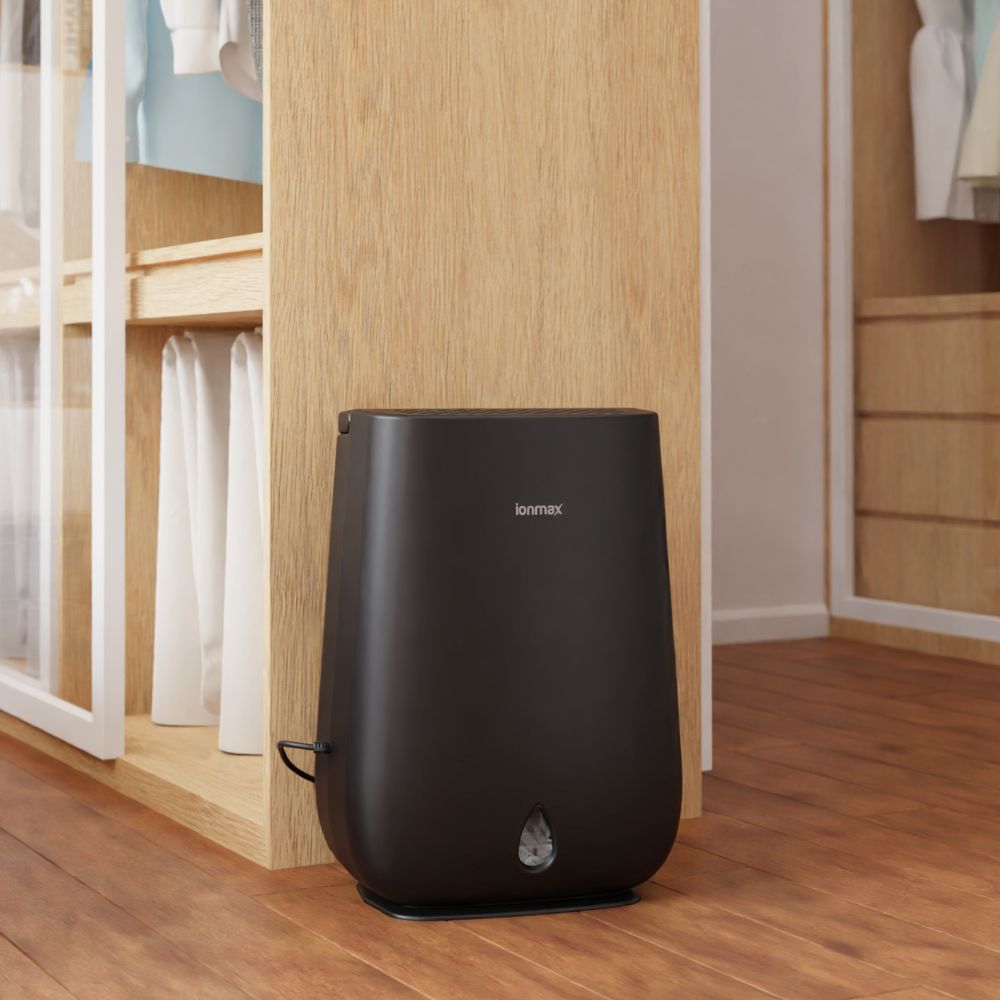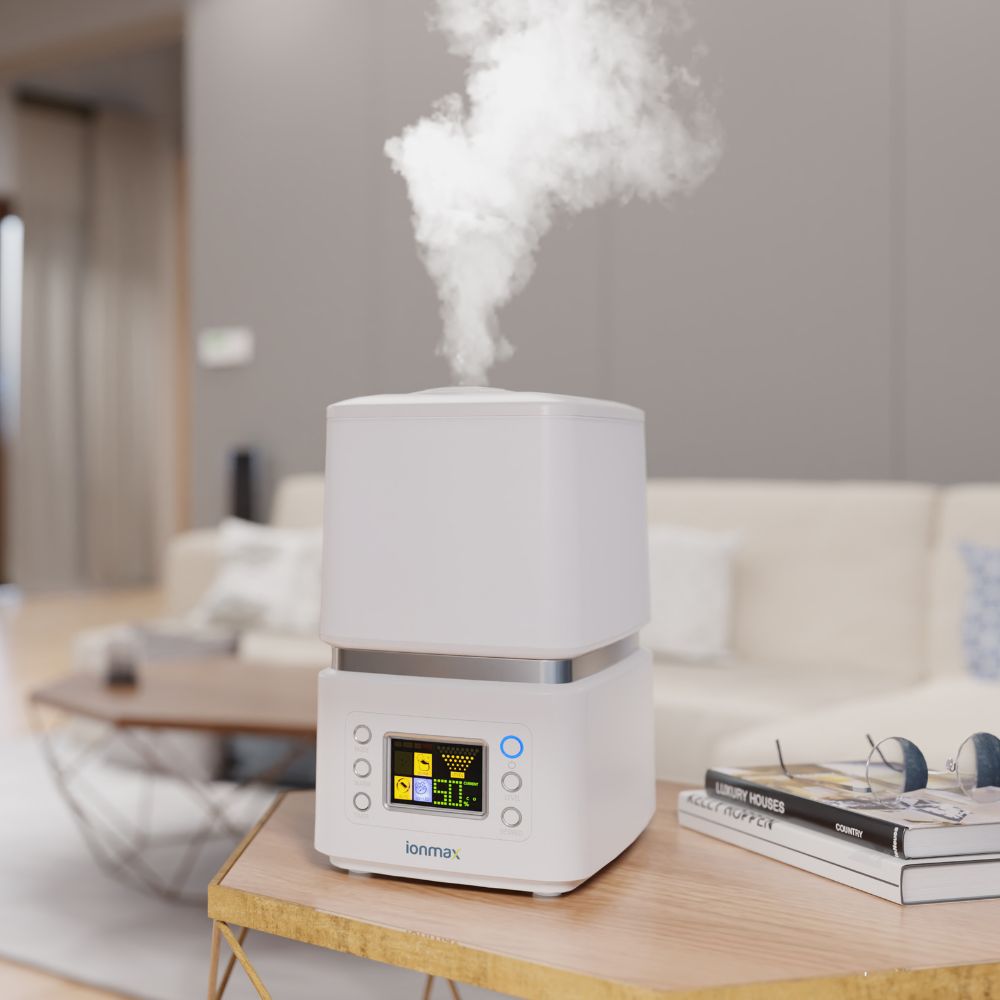Here are some simple tips on how to prepare your home for these colder months to ensure your comfort, health, and safety.
Tips for preparing your home for winter

Table of contents
Winter in Australia often means heavy rainfalls, sudden storms, and cold and damp indoors. It also calls for more indoor activities due to the cold temperature and less daylight.
As the temperatures begin to fall, homes can benefit from some simple preparation to ensure they are comfortable, cosy, and warm throughout winter.
Injuries and Fire Safety
Health Direct Australia provides some good advice on keeping your home safe from injuries and risks during winter, including how to keep your home fire safe.
Fireplaces, heaters, electric blankets, and hot water bottles can cause burn injuries or fire, so always use with caution and read instructions carefully.
Health Direct Australia provides some tips, including:
- Keep curtains, tablecloths and bedding away from portable heaters.
- Never use your gas oven or stove as a room heater.
- Use just one appliance per power point and switch them off when you’re not using them.
- Never leave burning candles or any open flame unattended.
- Install smoke alarms throughout your home and test them monthly.
- Have a written home fire escape plan and practice it regularly.
Read the full article: Winter health hazards at home
Dampness in the home
In the cooler months, dampness can be a problem, especially with older homes. A damp home can result in mould and mildew, paint discolouration as well as affecting your health.
Three things will help you fight dampness: ventilation, heating, and insulation
Ventilation
Dry clothes outdoors whenever possible or use well-ventilated rooms. If using a clothes dryer, ensure the air is being vented to the outside of the home using the exhaust fan or pipe.
Make sure air vents are not blocked. Improve air flow in the home by keeping furniture further away from walls.
In the kitchen and bathroom, keep doors close to prevent steam from travelling into colder rooms and causing more condensation. Keep the exhaust fans switched on to let the steam out.
For homes that have poor ventilation or serious dampness problems, invest in a desiccant dehumidifier– they work very efficiently in removing moisture from the air, even during cold winter months. If you have a mould problem and want to get rid of mould permanently, the best solution is a dehumidifier.
A great thing about desiccant dehumidifiers is that they can double up as a heater during winter, as they produce some heat as part of their dehumidification process.
Read more about desiccant dehumidifiers.
Heating
Heating a whole house is more expensive than heating just the rooms you want to use, so ensure all unused rooms are kept with their doors closed.
Warm yourself (with extra clothing, boots and blankets) instead of using a heater. The air between each layer of clothing can warm you up and keep you snug.
You can also do more cooking and baking at home to help warm up the house. Your friends and family will thank you for it!
Heaters may also dry up your skin quickly, so it’s best to monitor the humidity level in your home, slap on the moisturiser and lip balm, and stay hydrated to ensure your skin (and throat) don’t get too dry.
Insulation
Insulating your home properly can reduce heating costs significantly and keep your home toasty in winter.
One simple thing you can do to insulate the home is to use a door snake or rolled up towel on the gaps between the bottom of the door and the floor. This gap allows an enormous amount of heat to escape from a room and for the cold outside air to be blown into a room, especially the front door.
Windows can also let volumes of hot air escape and cold air in if they are not shut tightly, so make sure your external windows are shut tightly to prevent this!
Environment Victoria wrote some really good tips on how to keep your home warm during winter, including:
- Use heavy curtains to stop heat escaping from your windows
- Install insulation in your house (or top up old and thinning insulation)
- Seal up gaps and cracks that let the cold air in
- Close off any rooms that are not in use
- Let sunlight into the home
Read the full list: Ten tips for a warm house
With doors and windows being shut most of the time during winter, indoor air can get stale. To ensure there’s still some air flow in the home, either use a ceiling fan on low, or an air purifier to clean the air and refresh it.
Roofs and tiles
One part of the house we often forget is the outside. Fallen leaves from autumn can clog up drains, pipes, and gutters, blocking rainwater from flowing out properly.
Take some time to remove leaves and other debris from your home’s gutters, and finally use a good hose rinse. This will allow any water to flow freely, rather than cause an overflow in a downpour.
At the same time, look for cracked or broken tiles, leaks and misaligned pipes on the roof or gutters.
We hope this article is helpful to help you maintain a cosy and healthy home this winter.
Disclaimer: The information provided in this article is for general reference only. Please seek advice from professionals according to your needs.
Read more
View allBrowse indoor air quality appliances
- Choosing a selection results in a full page refresh.
- Opens in a new window.


